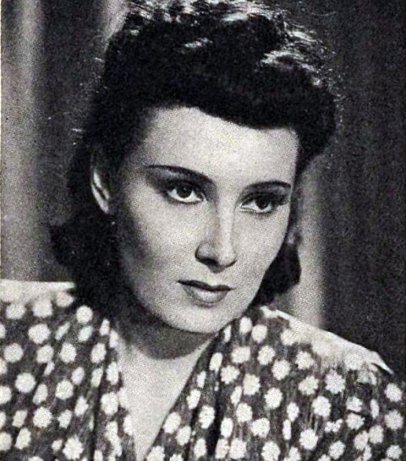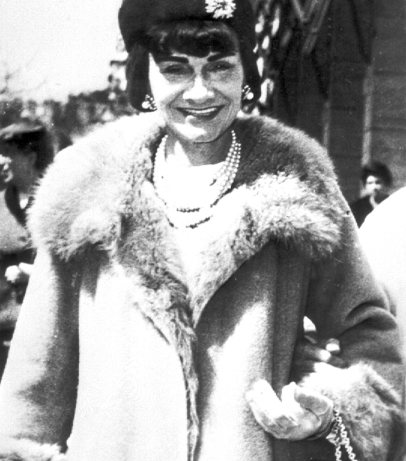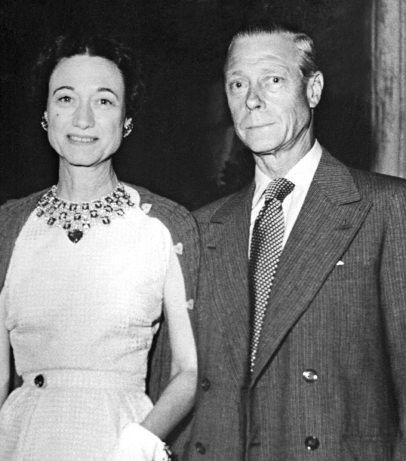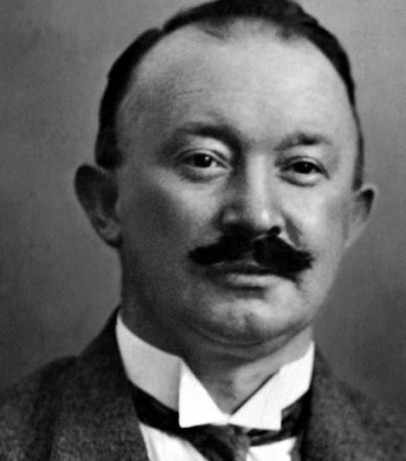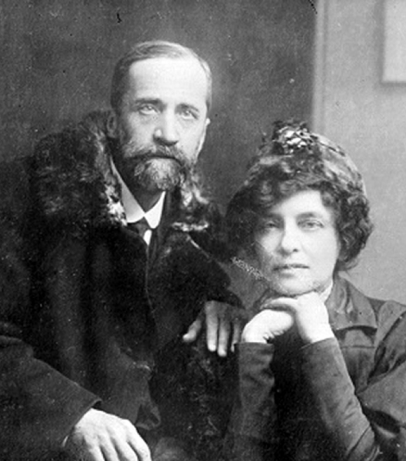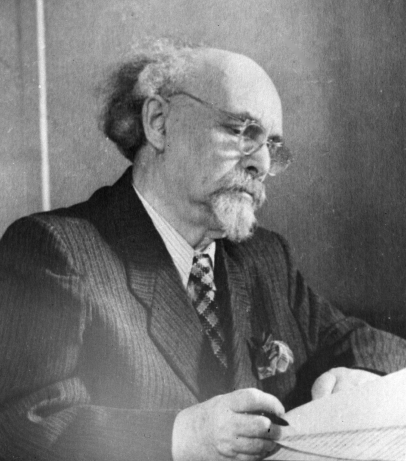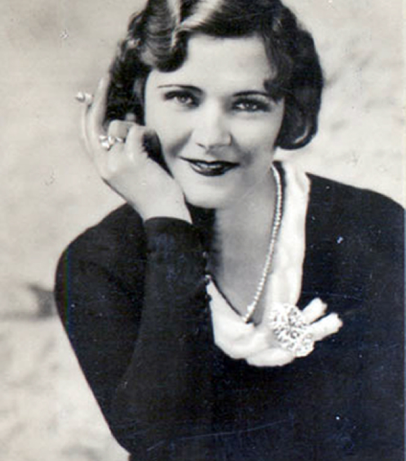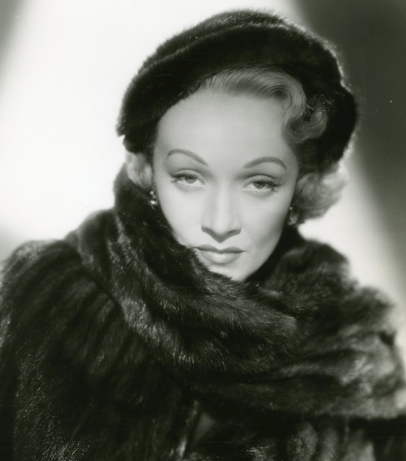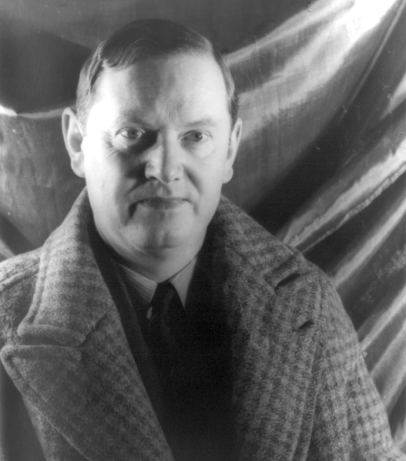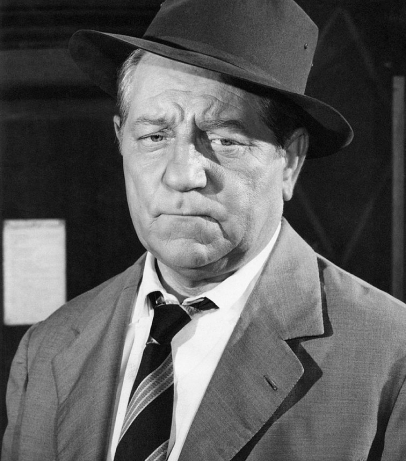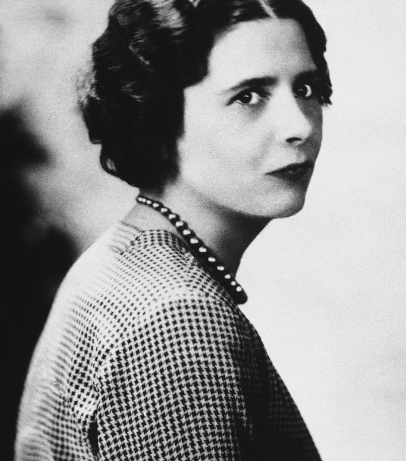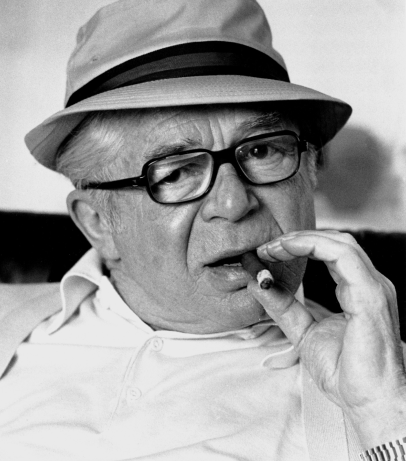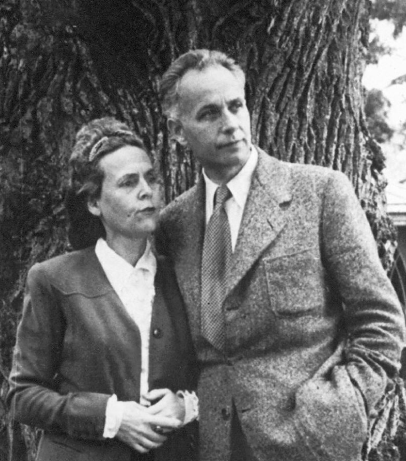In a referendum on 1 September 1946, Greek citizens voted to maintain the monarchy. The referendum was the fourth since 1920 on the state's organisation.
The parliamentary elections of 1946 were won by right-wing parties, which supported the maintenance of the monarchy. The new conservative government of Konstantinos Tsaldaris supported King George II, but what influenced the voters more was the fear of imminent civil war. The Greek Communist Party had long threatened to solve the issue of the form of government by force, boycotted elections and referendums, stoked civil conflict during the referendum, and even disrupted voting in the territories under its control.
King George II, and after his death in April 1947 his brother Pavlos I, became not only the leaders of the anti-communist forces but also a symbol of civil peace. The Conservatives, along with Prime Minister K. Tsaldaris, supported him, although the centrists had split up, failing to overcome the negative attitude towards the monarchy, still they strongly opposed the ideology and bloody methods of the Greek Communists.
Nevertheless, the official record of the Allied Mission for Observing Greek Elections (AMFOGE) unearthed vote rigging: “There is no doubt in our minds that the party representing the government view exercised undue influence in securing votes in support of the return of the King'.” However, they claimed that without said influence, the monarchy would still have won in the election.
Source:
Peter Calvocoressi. World Politics Since 1945. Longman, 1982.







